It's out with the old for tea advertisers, but will the new look attract a fresh generation? Lisa Riley reports
It's been an exciting if turbulent year for the tea market, which is experiencing something of a style renaissance. The New Year saw the major players ringing in the changes and investing heavily in marketing campaigns in an attempt to reinvigorate flagging sales and entice young consumers.
Market leader PG Tips retired its iconic chimps for new plasticine T-Birds, spending more than £10m on ads. Number-two tea brand Tetley launched a £15m multi-media campaign which saw its famous teafolk pensioned off after 28 years for a new campaign focusing on health.
Typhoo was given a £5m overhaul, including new packaging and a £3m multi-media advertising campaign, in a bid to breath some oo' back into the brand and get back into the premium league. It needed to as well. Turn-of-the-year figures from Information Resources showed sales down almost 20% in the past year.
"Manufacturers are realising they need to invest above the line to attract a wider and younger audience to stop the market declining further, hence all the marketing activity during the last year," says Safeway hot beverages buyer Nicholas Weber.
In July, The Grocer reported that data covering sales for January to May suggested Tetley's decision to axe the teafolk had backfired. The IRI data showed monthly sales of Tetley teabags falling to £7.8m in May, down 14% from January. In contrast, sales of PG Tips Pyramid bags rose 35% to £10.8m in May compared with the start of the year, while Typhoo regained third place from Yorkshire tea, halting a 22% drop last year.
However, Tetley insists its new campaign has been a success. "Looking at the whole launch period from February to June both value and volume sales are up in excess of 7%", says UK commercial director Nigel Holland.
The fourth-biggest player, Yorkshire Tea, refused to jump on the advertising bandwagon, saying: "We prefer to invest in the quality of the blend rather than on expensive advertising campaigns. While we communicate with existing and potential tea drinkers, we are educating them on taste rather than on image."
Historically, the tea market  worth a staggering £550m  has declined in recent years, with the average age of tea drinkers getting older. ACNielsen figures show a decline in volume of 0.3% (52 weeks to June 29, 2002), mainly driven by the decline of loose and instant tea.
However, there is good news on the value front. The total market has grown by 2.5% since last year, with normal teabags now worth £444m, increasing in value by 2.5%. "Price rises at the beginning of the year contributed to the growth in value," says Adrian Adams category manager for PG Tips. "However, this is more attributable to the growth in the value added section  like fruit and herbal  and driven by speciality teas," says Adams.
Another factor is the decline in the own label market where consumers appear to have responded to brand advertising messages. According to ACNielsen, sales of own label slipped 12.3% in volume and 9.5% in value during the first six months of 2002, while the top three brands PG, Tetley and Typhoo grew by 8.7%, 7.3% and 33.3% respectively in volume.
But it's not such good news for loose tea which continues to suffer long-term decline as consumers opt for more convenient products. A continuing decline in instant tea also highlights the fact that while convenience is important, consumers are very particular about taste.
Ultimately, there is little chance of escaping the fact that, generically, tea has suffered from a decline as consumers' lifestyles have changed.
{{FOCUS ON }}
It's been an exciting if turbulent year for the tea market, which is experiencing something of a style renaissance. The New Year saw the major players ringing in the changes and investing heavily in marketing campaigns in an attempt to reinvigorate flagging sales and entice young consumers.
Market leader PG Tips retired its iconic chimps for new plasticine T-Birds, spending more than £10m on ads. Number-two tea brand Tetley launched a £15m multi-media campaign which saw its famous teafolk pensioned off after 28 years for a new campaign focusing on health.
Typhoo was given a £5m overhaul, including new packaging and a £3m multi-media advertising campaign, in a bid to breath some oo' back into the brand and get back into the premium league. It needed to as well. Turn-of-the-year figures from Information Resources showed sales down almost 20% in the past year.
"Manufacturers are realising they need to invest above the line to attract a wider and younger audience to stop the market declining further, hence all the marketing activity during the last year," says Safeway hot beverages buyer Nicholas Weber.
In July, The Grocer reported that data covering sales for January to May suggested Tetley's decision to axe the teafolk had backfired. The IRI data showed monthly sales of Tetley teabags falling to £7.8m in May, down 14% from January. In contrast, sales of PG Tips Pyramid bags rose 35% to £10.8m in May compared with the start of the year, while Typhoo regained third place from Yorkshire tea, halting a 22% drop last year.
However, Tetley insists its new campaign has been a success. "Looking at the whole launch period from February to June both value and volume sales are up in excess of 7%", says UK commercial director Nigel Holland.
The fourth-biggest player, Yorkshire Tea, refused to jump on the advertising bandwagon, saying: "We prefer to invest in the quality of the blend rather than on expensive advertising campaigns. While we communicate with existing and potential tea drinkers, we are educating them on taste rather than on image."
Historically, the tea market  worth a staggering £550m  has declined in recent years, with the average age of tea drinkers getting older. ACNielsen figures show a decline in volume of 0.3% (52 weeks to June 29, 2002), mainly driven by the decline of loose and instant tea.
However, there is good news on the value front. The total market has grown by 2.5% since last year, with normal teabags now worth £444m, increasing in value by 2.5%. "Price rises at the beginning of the year contributed to the growth in value," says Adrian Adams category manager for PG Tips. "However, this is more attributable to the growth in the value added section  like fruit and herbal  and driven by speciality teas," says Adams.
Another factor is the decline in the own label market where consumers appear to have responded to brand advertising messages. According to ACNielsen, sales of own label slipped 12.3% in volume and 9.5% in value during the first six months of 2002, while the top three brands PG, Tetley and Typhoo grew by 8.7%, 7.3% and 33.3% respectively in volume.
But it's not such good news for loose tea which continues to suffer long-term decline as consumers opt for more convenient products. A continuing decline in instant tea also highlights the fact that while convenience is important, consumers are very particular about taste.
Ultimately, there is little chance of escaping the fact that, generically, tea has suffered from a decline as consumers' lifestyles have changed.
{{FOCUS ON }}







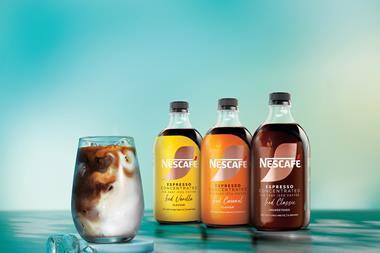
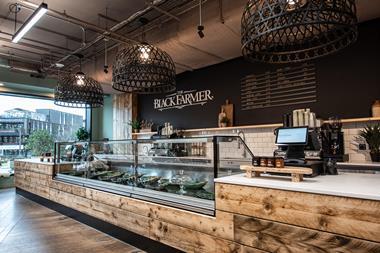

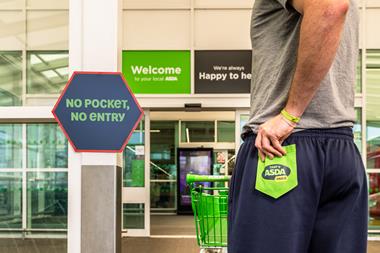


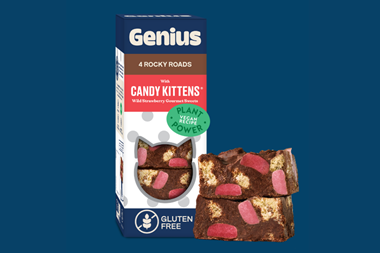
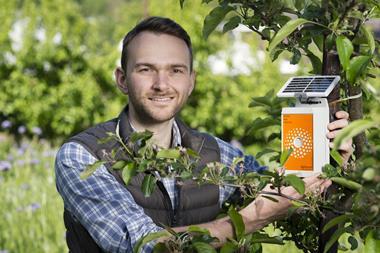

No comments yet